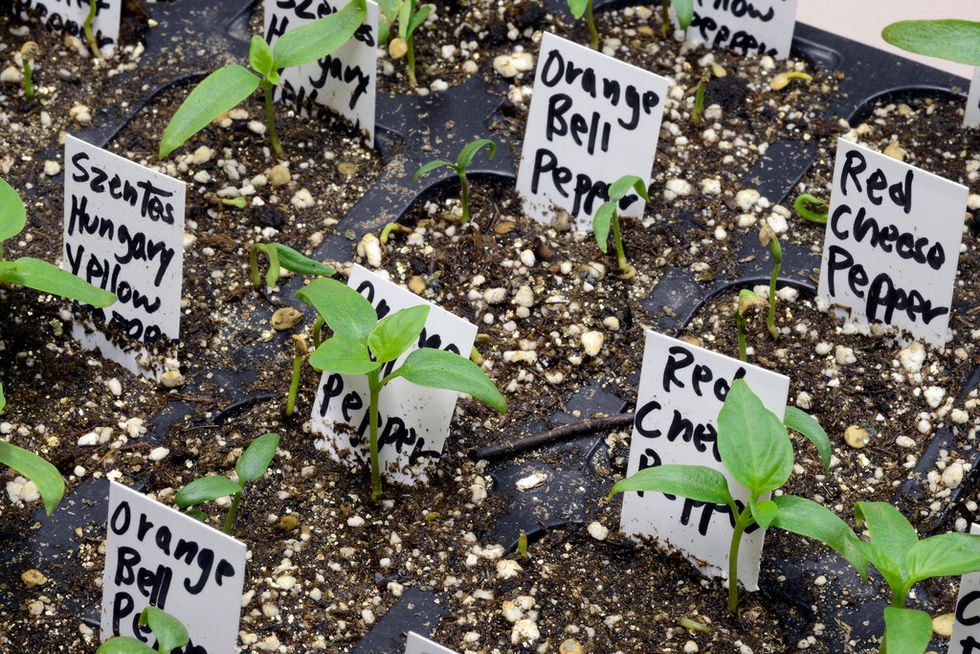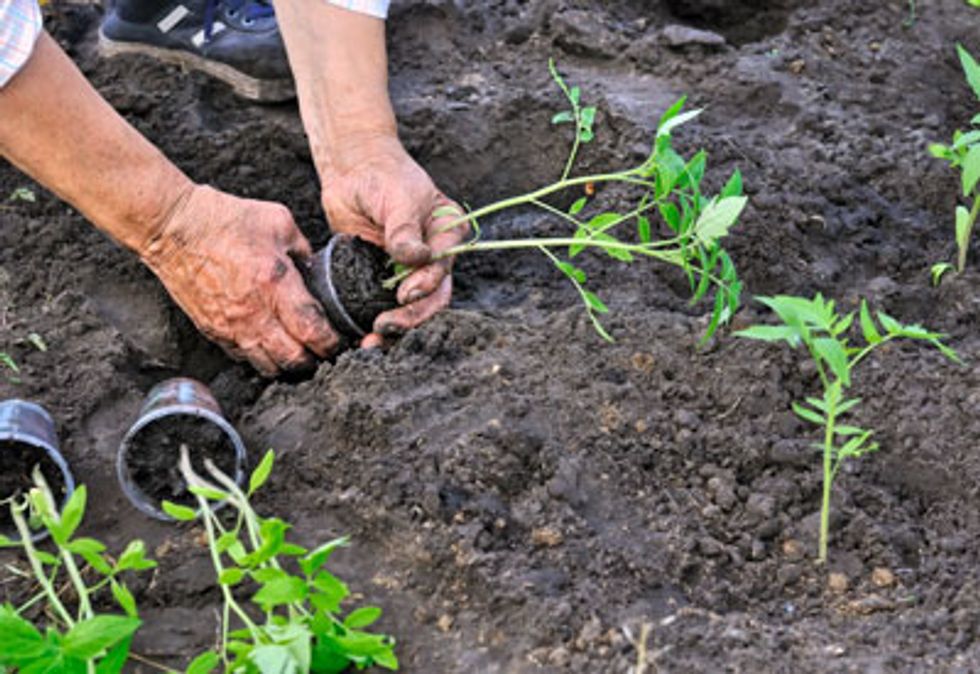Everyone thinks gardening is difficult when, in reality, plants are extremely low maintenance. They need very few things to grow correctly and nothing is more satisfying than to see your seedlings grow into full plants. That's not to say it cant go wrong. Somethings are out of your control like the sun or diseases contracted by plants! Nevertheless, planting seeds is a cheap and fun pastime which can involve anyone from ages 3 - 93.
The most important advice to growing plants, especially from seeds, is that they're alive. I know this seems self-explanatory, but a lot of time we forget that plants can also get fungus, diseases, and malnutrition. When those things happen, it's very easy to fix the problem, whether through different watering techniques or more sunlight.
1. Plant the seeds/plant at the depth they are intended to be planted at.
Every seed and plant is different, but there is a general rule of thumb for both that will help keep your plants healthy and grounded. For seeds, you should plant them three times deeper than the diameter if the seed itself. For example, a sunflower seed will need to be planted much deeper into the soil than a tomato seed. As for replanting, you should make sure the roots are completely covered in soil, but not so deep the stems start going underground. If you plant the roots too high, the plant will be more prone to dehydration, but if the roots are too deep it may lead to lack of sunlight in the lower parts of the plant.
* Keep in mind it is very important to put soil to the very top of the pot. If the plant sits too low in the pot or if the soil reaches mid-pot, the plant will begin to get leggy and require more direct sunlight.
2. From seeds to seedlings: pro tip.
When planting seeds, moisture is vital. Seeds remain sedimentary without the help of water. Before sunlight even reaches the seed, water helps the plant break free and begin sprouting. That being said a pro tip would be to cover the pot in plastic wrap until the first sight of a sprout. The first time I did this with my sunflowers, it sprouted within three days as opposed to the usual two weeks. I was shocked that containing the moisture could enhance the development of the seedlings. If you try this on various seeds, please be sure and tell me how it worked out!
3. Water your plant!
I can't remember how many times I have looked at my plants and asked myself, "why are my plants dying?". I would sit and look up what I was doing wrong for hours until I finally diagnosed my plants with rare diseases and that their death was completely unrelated to me. Of course, this is far from the truth. Plants need water just like humans do. When humans get dehydrated, we get headaches and feel drowsy and plants feel the same way. The best way to decide whether your plant needs more water is to just feel the topsoil. If the topsoil is dry, it needs water; if its wet, give it a few more days. When going to water a plant, make sure you water it until water comes out the drain at the bottom*. This way the water will reach to the very bottom tip of the roots.
*Your pot needs drainage holes at the bottom!
4. Sunlight is food!
Sunlight is plant food. Every single plant is different. Just like humans, some plants need more food than others. Some need tons of sunlight, while others are just fine in the shade. If you look at your plant and it is drooping, it needs sun.
5. Fertilize
Fertilizing your plants once a month will help them seep the nutrients they need to keep growing. A lot of plants are more/less acidic than others, so by fertilizing and helping regulate the acidity of the plant, they will be more likely to grow taller and stronger.
6. Transplanting
As you can tell, transplanting means moving a plant from one pot to another. Just like humans need new clothes, plants need larger pots as they grow. At some point, your plant's roots will be so long they will start growing from the bottom of the pot ( the drainage holes) and will need to be moved.
You will have two options: cut back or keep growing. To cut back, carefully cut the roots and extra foliage away and replant into the same pot. This will keep the plant from growing larger. If you would like to transplant your plant, just take the plant at the very bottom and gently pull. It may help to gently dig around to loosen up the dirt. When the plant is uprooted, shake some soil off so it's not bulked down and replant in the new pot. Make sure the roots are completely covered in dirt when replanting.
There are millions of pots, soils, and techniques, but if you're just looking to keep your plants alive, follow these few steps. Many of these things you may only have to do once a year, but it's vital to keep your plants strong. Plants are a great way to lighten up a room or liven up your yard. They offer a diverse range of colors and dimension to your life and all they need is a little light and water!


















